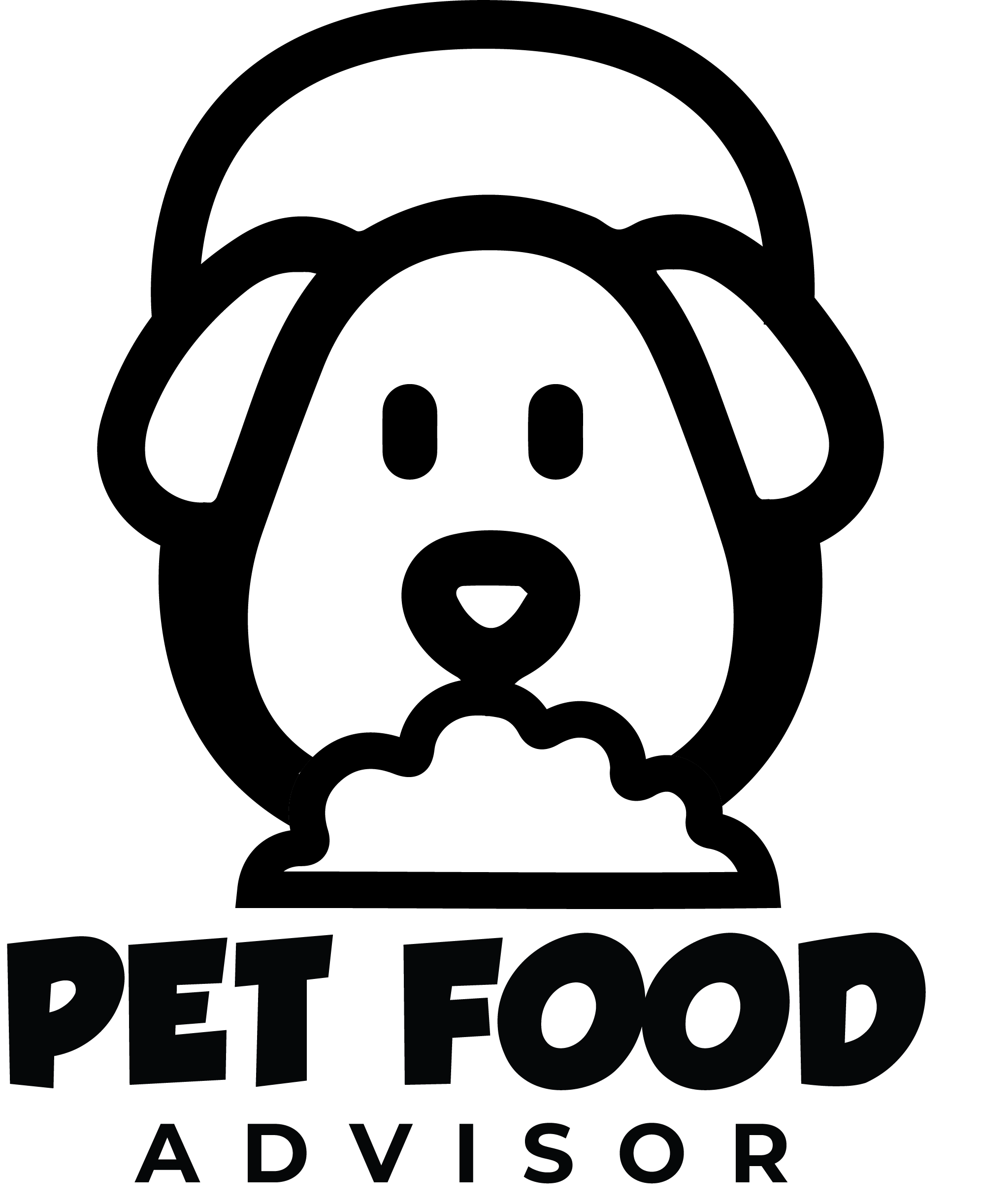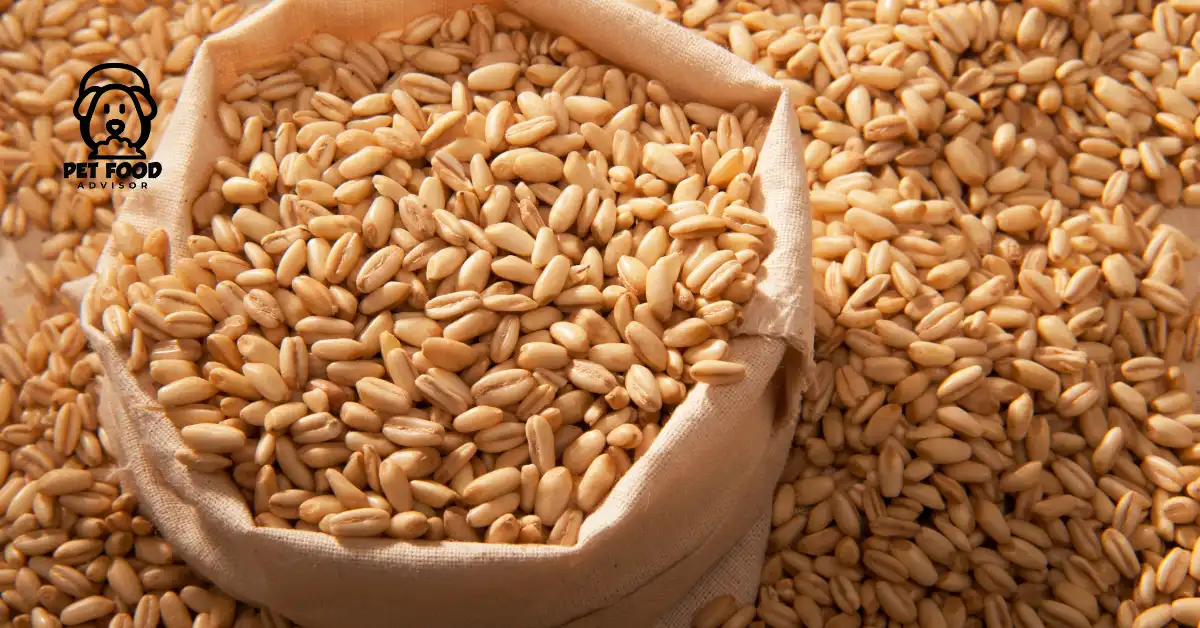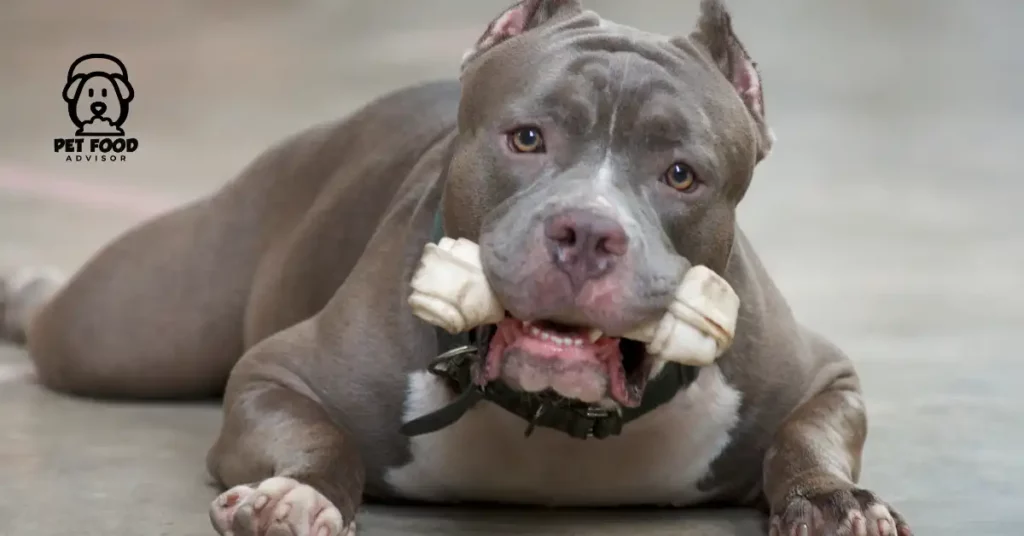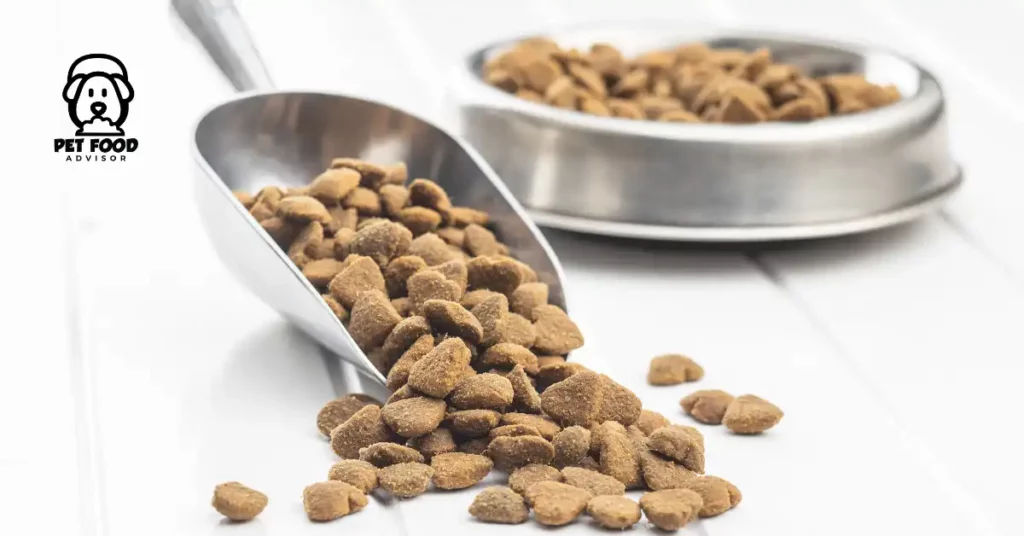Barley in Dog Food: Benefits & Risk Of Grain For Dogs
If you are considering giving Barley in dog food, you first need to know about Barley. Barley is a type of grain called Hordeum vulgare. It’s similar to wheat and is one of the most-grown grains in the world. Barley is tough and can grow in different places, even in dry areas like North Africa and parts of Europe and North America. Big barley producers are in countries like Russia, Germany, France, and Ukraine.
People use Barley in different ways. It’s often given to animals as food and an essential ingredient for beer-making. But you can also find Barley in stores for people to eat. There are different kinds of Barley, like pearl barley, commonly eaten. You can also get barley flour for making bread, hulled Barley, and pot barley.
Can I give Barley to my Dogs?
Yes, dogs can eat some barley, But you need to know the maximum amount to give your dog. Barley is a common ingredient in dry dog food; barley grass powder can be added to their diet and help with digestion.
If you’re giving Barley to your dog, you can try some pearl barley and treat it like you are giving the rice. You can also provide them with some barley soup or stew, but make sure it’s low in sodium. But, if your dog has allergies to wheat flour, avoid giving them Barley since it’s not gluten-free. It would help to be cautious about giving it Barley when it shows some allergy symptoms. Be careful with large amounts of barley grass as it might upset their stomach or lead to diarrhea. It’s alright for dogs to have barley water, but it should differ from their regular water intake.
Barley is safe for dogs in small amounts, and it’s often used in dog food to provide energy from carbohydrates. However, dogs aren’t herbivores, so while they can have Barley, it’s best to do it sparingly since their nutritional needs differ.
Read More: 5 Best Dehydrated Dog Food
Cooking Barley for Your Dog
You can use whole grain or pearl barley in dog food. Whole grain barley takes more time to cook than pearl barley, and it’s a good idea to soak it for a few hours beforehand to speed up the cooking process. I tell you some methods to cook Barley for your dog.
Stovetop Absorption Method
First, rinse the Barley under cold water using a fine-mesh sieve. Combine one cup of Barley with three cups of water in a medium saucepan. Please bring it to a boil over high heat, then lower the heat to a simmer. Cook until the Barley becomes tender but still has a chewy texture. This usually takes 25 to 30 minutes for pearl barley and 40 to 50 minutes for hulled Barley. If the pan starts to dry out, you can add a bit more water. Once it’s cooked, drain any excess moisture and fluff the Barley with a fork.
Stovetop Pasta Method
For this method, bring water to a boil in a large stockpot. Add the Barley and cook it until it’s tender yet slightly chewy. This typically takes 25 to 30 minutes for pearl barley and 40 to 45 minutes for hulled Barley. Once done, use a fine-mesh strainer to drain the Barley and fluff it with a fork.
Barley and Dog Allergies
If your dog has allergy problems, then it is not every day that barley causes allergy in dogs. However, it is essential to note that Barley contains gluten, similar to wheat. If your dog is sensitive to gluten, avoiding feeding them Barley is a good idea. This is especially important for dogs with celiac disease, as the gluten in Barley can be problematic for them.
It’s important to know that gluten can lead to allergic reactions in dogs, which may manifest as coughing, sneezing, or itching. If you notice any of these symptoms in your dog after they’ve consumed Barley, it’s best to stop giving them Barley altogether.
Different Types of Barley for Dogs
Different types of Barley include cooked Barley, boiled Barley, dry Barley, pearled Barley, barley flour, barley grass, and barley grass powder for your dog.
Cooked Barley
Cooked Barley can be safely included in your dog’s diet, but pay attention to how you prepare it. Avoid using garlic or soy sauce, as they can harm dogs. If your dog has no known food allergies, you can create homemade dog food using beef, Barley, and vegetables. When introducing Barley to your dog for the first time, start with a small amount and watch for any adverse reactions. If your dog experiences stomach upset, you can offer plain white rice and then transition back to their regular dry food.
Boiled Barley
Boiling barley in dog food is a safe method of preparation. Serving boiled barley plain is recommended, and you can incorporate some meat if desired. Opting for unseasoned food is best for dogs, considering their sensitive noses and stomachs.
Dry Barley
Dry Barley is an ingredient present in some commercial dog foods. It’s safe for dogs to consume. While dried Barley is acceptable for dogs, most dogs may prefer to avoid consuming it in its dry form alone.
Pearl Barley
Pearl barley, sometimes listed as cracked pearl barley in dog food ingredients, is rich in plant protein and dietary fiber. It’s essential to remember that if your dog has gluten sensitivity, you should avoid giving them pearl barley due to its gluten content.
Read More: Truth About Acana Dog Food By ACANA
Barley Flour
Barley flour is a safe dog option and can be an alternative to other flour when making homemade dog treats.
Barley Grass
It is generally safe for dogs to eat a small amount of grass. Barley grass contains nutrients similar to the seeds and is a natural laxative. However, excessive consumption of grass could lead to diarrhea in dogs.
Barley Grass Powder
Dogs can indeed consume barley grass powder. Barley grass powder is packed with various nutrients and boasts antioxidant and anti-inflammatory properties, making it a beneficial addition to a dog’s diet.
Barley Water
Small amounts of barley soup or barley water are generally okay for dogs to consume as long as they don’t contain excessive salt or other unsafe ingredients. It’s essential to be cautious with the elements, similar to how you would with human food. Just like with apple juice, offering your dog water for hydration is recommended. Introducing other types of liquids could lead to weight gain or excessive intake of sugar or spices.
Benefits of Barley for Dogs
Barley is a whole-grain food full of soluble fiber, which is good for your dog’s digestion. This fiber helps control blood sugar levels, lower cholesterol, and reduce the chances of heart disease. It also provides a natural way to help your dog’s tummy work better and ease constipation. Barley includes carbs, plant proteins, manganese, and vitamin B that help keep your dog healthy.
Read More: 8 Best Budget Friendly Dog Food
Risks of Barley for Dogs
It would help if you were careful when giving your dog barley. While it’s safe and not poisonous, too much fiber at once can upset their stomach. Ensure they have the right amount of barley and barley grass; too much barley grass powder might cause their pancreas to get inflamed and make digestion harder. Also, some dogs might have an allergic reaction to Barley. Keep a close eye on your dog after they eat Barley for the first time, just to be safe.
Conclusion
Including barley in dog food can offer numerous nutritional advantages. Its fiber content aids digestion and weight management, while essential nutrients promote overall health. Barley’s low glycemic index makes it suitable for diabetic dogs. However, individual sensitivities should be considered, as allergies could occur. Consulting a veterinarian before introducing Barley is recommended. It’s clear that Barley brings many benefits, but pet owners should be attentive to their dog’s responses and preferences. By incorporating Barley thoughtfully, you can contribute to your dog’s balanced and wholesome nutrition.





